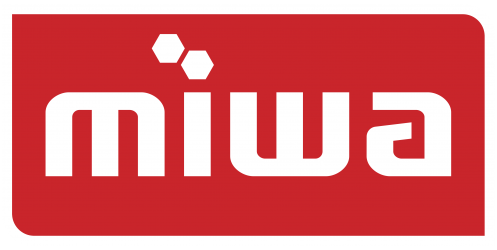Now that customers can choose where to have their cars serviced, they might have some questions you weren’t expecting – like, what’s the difference between a service plan, a maintenance plan and a warranty? Here’s a simple explainer.
- A service plan covers the manufacturer’s service schedule, including parts which are typically replaced during a scheduled service – think oils, filters, spark plugs and air filters. This means that parts like brake pads, v-belts, brake linings are for the vehicle owner’s expense, as are internal and external trim, body work and paint due to normal wear and tear, all glass, tyres, wheels, wheel alignment, accessories, electrical wiring components and additional maintenance that may be required as a result of the vehicle being operated in severe or unusual conditions. Service plans further exclude maintenance that may be needed as a result of modifications made to the car, or that may be needed because of accidents, abuse or misuse; a failure to use the car as stipulated in the vehicle service book; or that have come about through failure to stick to the maintenance schedule. Although service plans used to be incorporated into the price of the vehicle, consumers are now able to choose whether or not they want to purchase one.
- A maintenance plan covers regular, scheduled services, as well as specified wear and tear on parts. Labour costs are also covered through this plan. This means that if the repair or part is not typically included in a regular service, it might be covered in the maintenance plan. The customer needs to check which items are covered by the plan with the car manufacturer where they purchased the car.
- A warranty is provided by the car manufacturer, and provides insurance against the failure of vehicle mechanical breakages. New cars come with a standard warranty, but this becomes void if repairs on warranty parts are carried out by any party besides the manufacturer. Car owners can choose to extend the warranty once it has run out. Meanwhile it is important as a workshop owner to remember that warranty parts must be repaired by the OEM. The OEM cannot void a warranty if the vehicle has been serviced correctly at an independent service provider who conforms with the manufacturer specifications.
Post Views: 259


